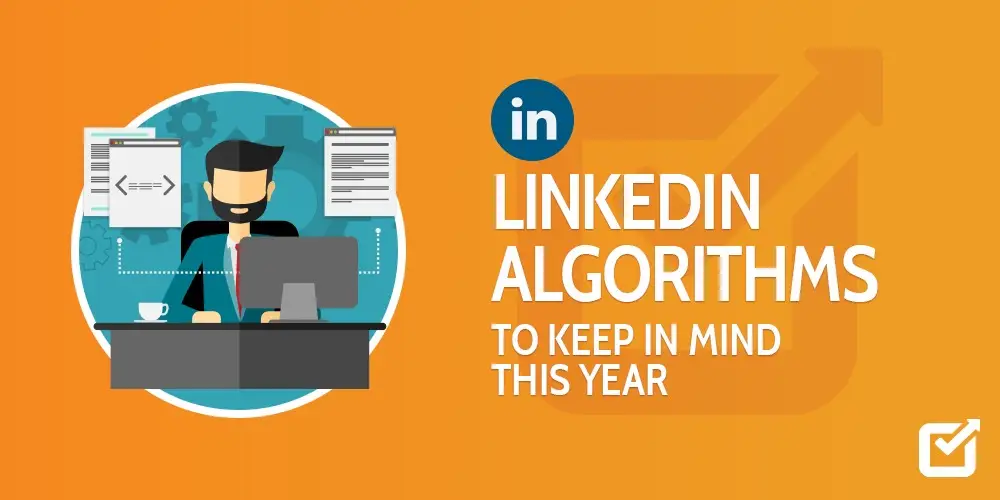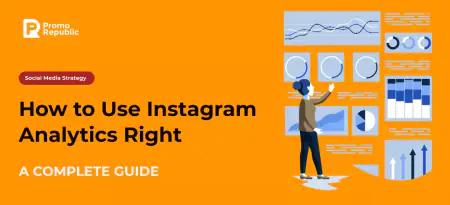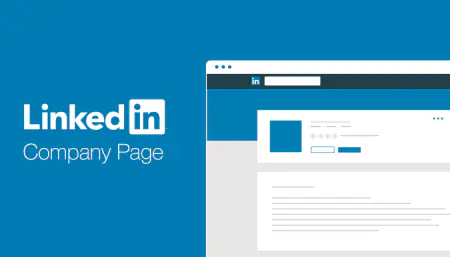Everything that you need to know about LinkedIn algorithm

Content writer and blog editor at PromoRepublic
When you start working with LinkedIn, this social media immediately takes you to your homepage feed. This page acts very much like Facebook feed, where you are able to see updates from your friends or pages that you follow.
However, with the time you realize that LinkedIn feed won`t show you content from all pages that you are following. That`s because LinkedIn shows you the content that`s relevant to you.
Keep in mind that you are able to switch the posts you want to see based on “recent” activity (you should do this manually).
So, how can you, as a social media marketer, be sure that your content will appear in as many feeds as possible? We prepared a short article to show you how it could be done.
How the LinkedIn algorithm works?
LinkedIn`s algorithm is designed to make homepage feeds enticing and user-friendly. The social network has published many articles about updates and improvements they continue to make the algorithm.
At the beginning you should know that your LinkedIn feed has a spam filter, which determines:
- Whether your content shows up in the feed
- How far of an audience it reaches within LinkedIn
- Whether to take you down as a spam user (rare situation)
Now, we will tell about basic stager that content went through in LinkedIn.
Stage 1. Content is posted and passes an initial, computerized filter.
Every time you post something in LinkedIn, a special bot immediately places the content into one of three categories:
- Spam
- “Low-quality”
- “Clear”
Your task is to get your content to “clear” category. However, if your content somehow gets to the “low-quality”, it`s still possible for you to move it on to the next stage.
Stage 2. Content is left on the feed temporarily to measure engagement
At this stage, indicators of initial engagement from your audience will signal that your content is good enough to go on the third stage of LinkedIn`s spam filter.
However, if users match your post as a spam or hide it from their news feed because they don`t want to see it, LinkedIn`s algorithm will draw more negative conclusions.
To avoid the process of “hiding” your content from people`s news feed, find answers to the next questions:
- Is your post annoying or offensive?
- Are you over-posting?
- Would people in your network care about this post?
- Is your post unique enough that people will share it with others?
- Is your post relevant to other`s professional lives?
If you have some difficulties with answers to these questions, it means that your post should be changed somehow.
Stage 3. Content passes a computerized “virality” check
After users engage with your content to match its quality score, the algorithm looks for clues as to the quality of the poster and the poster`s network to determine if the content is spam or not.
Such process is made because spammers could technically have posted garbage and gotten hundreds of other accounts to like, comment or post within an hour.
Besides checking your credibility, the algorithm may also determine the relevance of and usefulness of the post to the network.
As such, this stage is also when the algorithm decides to “demote” your content, sending it backwards in the queue for another chance at winning credibility.
Stage 4. Content is reviewed by human editors
The positive part of LinkedIn`s algorithm is that your content is also going through the human`s check. Here, people determine whether your post is valuable enough to continue displaying in the LinkedIn feed. If your post continues getting engagement, the cycle continues, and it keeps getting shown.
At this point, there are many speculations about the content. If it`s really amazing, it may get a boost and reach more people. Sometimes, it could be even show up on a LinkedIn channel.
Conclusion
Now you know everything about LinkedIn algorithm and how it works. We hope that you enjoyed the article and will use this information while working with your content.





